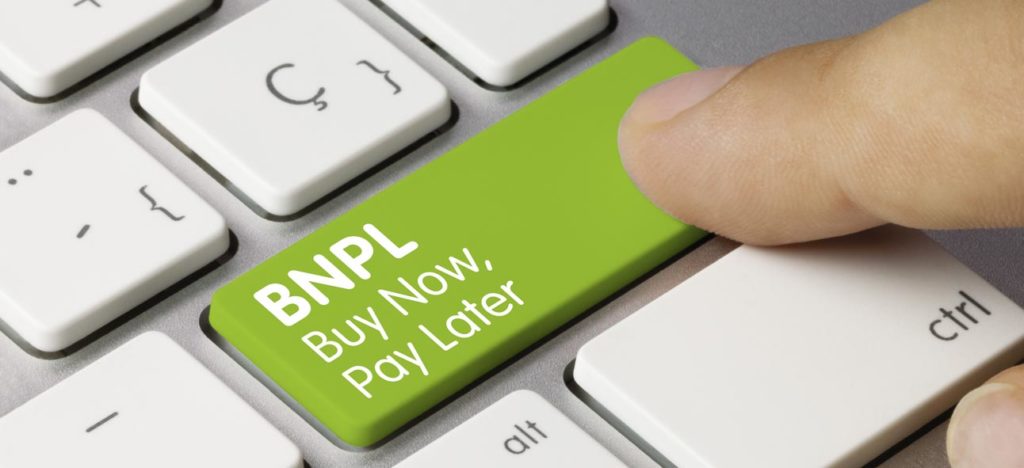Alternative Payment Methods (APM) have become huge in Europe. Think online bank payments, digital wallets, BNPL for alternative payments. The main reasons alternative payments these are so attractive are because they cater to the demand for ease and convenience. Even more so since the pandemic. Card costs are often higher – for both merchants and shoppers. They are also prone to card fraud. On the other hand, alternative payments tend to be cheaper overall. And as open banking matures in Europe, we can expect them to become more mainstream. Now is a good time to start accepting alternative payments, if you are not doing it already. They can give your business a boost and build you a loyal customer base. But you need a strategy to ensure you are using the right methods in the right markets.
So, here’s a five-point checklist to get you started.
1. Leverage local knowledge
People prefer different methods based on the country they are in. For example, iDEAL is the payment method of choice in the Netherlands. In Sweden, its Klarna or Swish, while in Germany you have Giropay and Girocard. Consumer preferences can be quite nuanced. They tend to differ based on spending habits, demographics, and cultural attitudes towards cash and credit. The levels of tech-savvy and tech adoption are other factors that drive these differences. That’s why you need to tap into local knowledge and insights to offer the right payment method in the right market. Once you zero in on your options, you can offer the best payment methods that maximize your conversion chances. A payment provider with knowledge of the local market can offer valuable insights and can be a great asset.
Also read: Top 5 Payment Methods in Europe
2. Assess your business and industry
Rushing to offer alternative payments in a one-size-fits-all approach will not work. You need to first asses your needs, industry, and customer types to find what works best. If you are a business that handles smaller transactions, a higher cost per transaction might erode your bottom line. Hence, your best fit would be a payment method that is cost-effective and has a higher success rate, for example, direct debit. But on the other hand, if you wish to maximize conversions, but don’t care about the higher fees per transaction, offering BNPL might be your best bet.
You have to calculate the cost economics based on your budget, sales forecasts, and other variables before you add a payment method.
3. Stay nimble and set clear goals
With more payment innovation happening, you have to closely watch payment trends. Be nimble and ready to pivot as the data suggests. Also, it is important to be clear about what you want to achieve with a particular payment method. Do you want to increase conversions? Do want to reach newer customers? Do you want to encourage your existing ones to spend more? Having a clear goal will help you adopt the right payment method at the right time. Remember, it is not about throwing multiple different payment methods at your customer. Rather, it is about knowing what your customer prefers, and offering it to them. If needed, be prepared to adjust your strategy. Test and optimize the payment methods you offer to understand what is working and what is not. Discard the ones that are not helping, adopt those that will.
4. Focus on customer convenience
Keep customer convenience at the forefront of your alternative payments strategy. What you offer must make it easier for your customers to pay. Customer needs vary. Some might like BNPL because it allows them to spend more and break up their payments into easy installments. Others might prefer one method over another based on special offers, discounts, and loyalty programs they get. Yet for mobile shoppers, the seamless checkout offered by digital wallets is the main draw. Hence, it is important to focus on your customer’s needs to offer more personalized options. Always factor this into your business or product planning.
5. Access data for smarter decision-making
Look at the data to understand which alternative payment methods are best for you. It could be about figuring out which methods are popular with shoppers, how much they cost, and if they suit your needs. First, tap into market data to understand your buyers’ payment preferences, sector benchmarks, and compare different payment methods. Second, look at internal data from your business transactions to gain insights and develop a strategy. For easier decision-making, use a single dashboard that gives you a consolidated view of all the data. Use AI-based tools to turn these insights into actions.
Also read: How Data and AI Improve Your Payments
How can Novalnet Help You Implement Alternative Payments?
As a global PSP, Novalnet can help you set up alternative payments to fit your business needs. We have decades of experience in helping Europe’s leading brands process their payments. Our AI-based payment solutions help you process payments easily and securely in a PCI DSS-compliant environment. Wherever you are in Europe, we ensure that your payments are running smoothly at all times, round the clock.
Reach out to us today to know more about how we can help.
Jose Augustine is the Chief Business Development Officer at Novalnet with extensive experience in European payment industry and a knowledge powerhouse.
